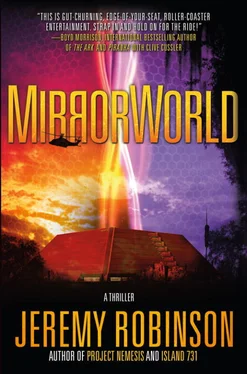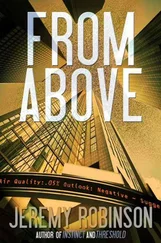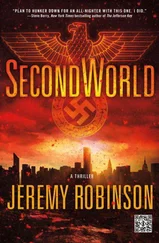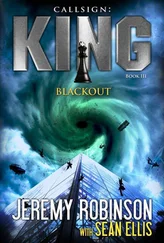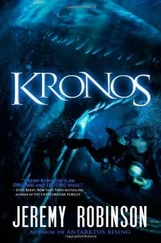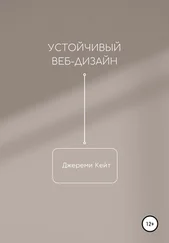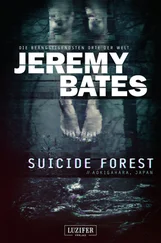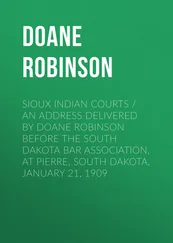“I suppose you’ve identified a few of those myths?” I ask.
“A few thousand dating back to the beginning of human history.” Dearborn is emerging from his shell like a turtle that’s just had an energy drink. There’s an excitement in his blue eyes that wasn’t there a minute ago. “Many, like Mothman, have names. Ōmukade, the giant man-eating centipede in Japan. A real nasty one. Barguest, the black dog of northern England. The name comes from the German, Bärgeist, which means ‘bear ghost.’”
“Sounds like a bull,” I say.
Dearborn snaps his fingers and points at me. “Sasabonsam in West Africa. A man-sized black spirit with a twenty-foot wingspan that terrifies people with its cry and has bloodred eyes. Sound familiar?”
I nod. It’s a similar enough description to Mothman.
“Ahamagachktiat,” he says next. “Native American tribes had thirty-seven different names for what we now call the Bear of North America, not to be confused with an actual bear. This black apparition, which terrified tribes across the country, appeared as a horrifying, shadowy bear. Again, sound familiar?”
He knew it did and continued. “The Duende, with alternate names like Muah, Dominguito, and Duenos del Monte—the mountain lords—haunt South America. They’re small black creatures with flat, wrinkled faces.”
Pugs, I think, and understand what he’s getting at. “So, they’ve been around for a very long time, and they’re everywhere.”
“On every continent, living among us,” he says. “And they’re as old, if not older, than the human race.”
“But what do they want?” Cobb says. “And if they hate us so much, why don’t they just kill us?”
“Because they can’t,” Lyons says. “Not overtly. Fully entering our world and engaging us is against their nature. They prefer to hide between frequencies. At heart, they’re cowards.”
“We don’t know that for sure,” Allenby says. “It’s possible they simply don’t want to kill us.”
Lyons waves the comment away like a foul smell. “They’re bullies whose longtime victim is on the cusp of growing stronger. They might have enjoyed tormenting the human race for centuries. But the writing is on the wall. We’re going to expose them. We’re going to fight back. And they mean to stop us.” He turns back to Cobb, shifting gears. “Just a hint of a Dread is enough to make people afraid. We feel them around us all the time. As a cold draft, or an unexplainable feeling of being watched, or a creeping paranoia that someone means you harm. We’ve all felt those things. Some of us more than others.”
“Can you see them out of the corner of your eye?” Cobb asks.
Lyons eyes the man. “Only if they are close to our frequency. Why do you ask?”
“Nothing,” Cobb says, looking a little sheepish. “Just something from Doctor Who. ”
“Doctor Who ?” Lyons asks.
“The TV show,” Dearborn says.
Lyons sighs and rolls his eyes.
“We most often attribute their actions to ghosts,” Dearborn continues, oblivious to Lyons’s annoyance. “Or if they do affect the physical realm, poltergeists. They’re also often reported as UFOs and / or aliens, but if there is a Dread species resembling the typical gray alien, we have yet to encounter it. But the abject, paralyzing fear most abductees report is consistent with a Dread encounter.”
“So the Dread are abducting people?” Cobb asked.
Lyons shakes his head. “Abduction reports are likely a result of fear-induced hallucination. Shifting between frequencies of reality is taxing, and taking a body along for the ride, while theoretically possible, is probably not what the Dread can do.”
It’s not theoretical. I’ve already proved that but decide to keep my cards close to the vest. I don’t know if it’s something the Dread can do, but if I can figure it out in a day, it seems likely the Dread would have figured it out by now.
“Probably,” Cobb says. “But you’re not certain.”
“We’re not certain about much,” Lyons says. “Other than we can no longer afford to ignore our neighbors, and they are not happy about it.”
“Humanity’s brief encounters with the Dread are simply a by-product of sharing the planet with them,” Dearborn says. Because they live in another plane of existence, or frequency—another dimension, for lack of a better word—we can literally occupy the same time and space. And we often do, accidentally. Most day-to-day interactions with the Dread are coincidental, but some, the ones that result in the creation of mythology, especially sustained mythology ranging hundreds of years, is intentional on the part of the Dread.”
“Why?” I ask.
“To frighten us,” Lyons says. “To harm us. Asserting dominance. It’s a natural instinct for most lower life-forms on Earth, like hyenas harassing lions.”
“So they’re asserting dominance by frightening people?” I ask.
Lyons raises his voice a little. Clenches his fists. “Fear is more powerful than you could possibly know, especially given your condition. It is the perfect tool to keep the human race from reaching our full potential. It keeps us primal. Afraid of the unknown. Flight wins out more often over fight. And it sets us against each other. The Dread don’t need to touch us to kill us. We happily do that for them with the right motivation. Lives are lost. Wars are waged.” There’s a little bit of fire in Lyons’s eyes. “Every person on this planet is a puppet to be played with. Or discarded. When they want to hurt us, all they really have to do is get close enough to our frequency of reality and push their fear into our minds. Sometimes, when it’s dark, we don’t see them. But when we do, when that shadowy thing rears up, combined with the fear they implant…” A shiver shakes the old man’s body. He’s speaking from experience.
The whispering that isn’t actually sound, I think. They get in your head.
“That’s how you found them,” I say. “They found you first.”
Lyons’s head lowers to the floor, lips twitching. Finally, he says, “Yes. I suppose, like many children, I experienced their presence through the frequencies as typical unexplained events. What child doesn’t have stories of hidden monsters, of being watched, or stalked, of fearing what lurks in the dark. But on one particular night, after seeing a shadow slip from one side of my room to the other, I made a terrible mistake—I confronted it. The fear I felt when that shadow stopped moving…” He shakes again. “I tried to stand up to it. It was my room. My world. I believed the monsters were real and wanted them out. So I told them that. Demanded it.
“It was ten years before they got bored with me. They left me alone long enough to join the CIA, rise through the ranks, and gain access to some of the most amazing minds on the planet. Many of the first people working on string theory were actually working for me. By nineteen seventy, we had a basic and rough string theory model that suggested the existence of other dimensions. Over the next twenty-five years, our research led to the first and second superstring revolutions that revealed eleven dimensions of reality, otherwise known as M theory. At this point, the math revealed the potential for pocket universes, but it was just numbers and symbols without concrete evidence. That would come later…
“By seeing them for what they were, I invited their torment. Other people might have been driven insane, but they only strengthened my resolve. I knew they were real. I just needed to prove it. They set my path all those years ago. This is still my world. And I still want them out.”
The room is silent for a moment, but Lyons recovers, lifting his head and turning toward me. “A quick burst can freeze the bravest man in his tracks. Sustained exposure can drive the most strong-willed person mad, or even stop a heart. Whether or not they can, or would, invade our reality isn’t the point. The point is, they don’t need to. We are already at their mercy, defeated without ever really knowing the enemy. But we know them now. The only reason humanity didn’t find them earlier is because we never thought to look.”
Читать дальше
